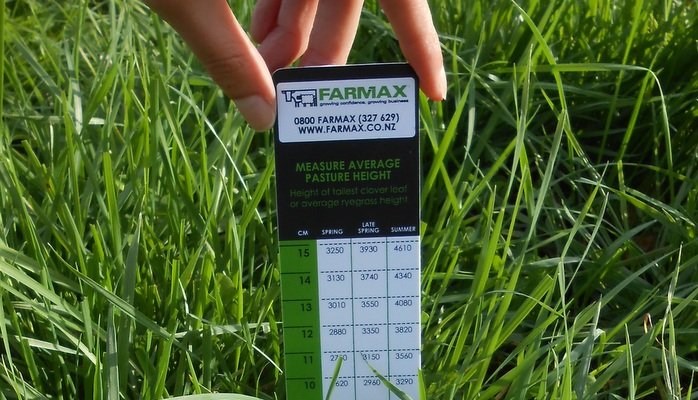Rezare Systems has been developing a system that can forecast the growth of pasture for any location in New Zealand. We deliver this as a wholesale service to a number of organisations, and it is currently available for both sheep and beef farmers and dairy farmers available as the Farmax Pasture Growth Forecaster.
The Pasture Growth Forecaster model continues to evolve in sophistication incorporating data from our network of validation farms. Developing equations that give accurate results is both a science and an art. In this article Graeme Ogle discusses some of the exciting science we have been undertaking and also what we are learning about the art.
The Science
Recently we have been tackling how pastures respond to extreme climatic events such as the drought which grips most of New Zealand today. There are two issues that have been occupying our modelling team. Firstly, it is now understood that plants can access more soil moisture than soils reported available water holding capacity (AWHC). The reasons for this extra moisture are not fully understood but Woodward et al concluded for sedimentary and volcanic soils this may by 2.2 times the reported AWHC. Initially, we incorporated this factor however, we have found this is not such a simple factor. Deeper soils seem to hold proportionally less extra moisture than shallow soils. Our new relationship which applies this extra soil differentially gives a more accurate prediction of when plants run out of soil moisture across the range of soils in New Zealand.
The second issue is that pasture growth models assume if soil moisture is adequate pasture growth rates will be determined by solar radiation and temperature. However, if a pasture has been drought stressed it will not immediately respond to rainfall. Stress and plant mortality means plants need to regenerate from a lower population of surviving tillers, stolons and roots. The lag in response is important for farmers to understand just how long it will take once the drought has broken before pastures resume normal growth rates. We now incorporate a stress pool that mimics plant stress. Stress builds when soil temperatures are high and soils are dry. The stress pool acts as a brake to pasture growth. When the drought has broken both soil moisture and recovery time reduce this stress pool removing the brake on pasture growth.
The Art
Developing the model structure with parameters that govern functions for extra soil moisture and plant stress provide the potential for greater predictive accuracy. Ensuring the model actually performs more accurately is the challenge. This involves choosing the right values for each parameter. We use actual data from farms, some with 15 years of actual pasture growth data. To fit the parameters we use a genetic algorithm that searches for the set of parameter values that delivers the highest correlation – we search for solutions that have the lowest sum of squares to represent this. A limitation with this method is that a similar answer can be achieved with very different parameter value sets. There is an art to this: we need to understand the realistic bounds for each parameter and constrain the algorithm to search for solutions within these bounds.
A second part of the art is understanding that the data itself may have inaccuracies. There is no technology that measures pasture growth rate. Growth rates are calculated from pasture cutting or cover assessments from a start date and an end date. The accumulation over this time is divided by the interval between dates. Often we see a monthly growth rate data that spikes or dips and seems out of line with other months and years. When we run the pasture growth model against these data it cannot predict the magnitude of these spikes or dips. The art is knowing sometimes the model is simply more accurate than the data.

